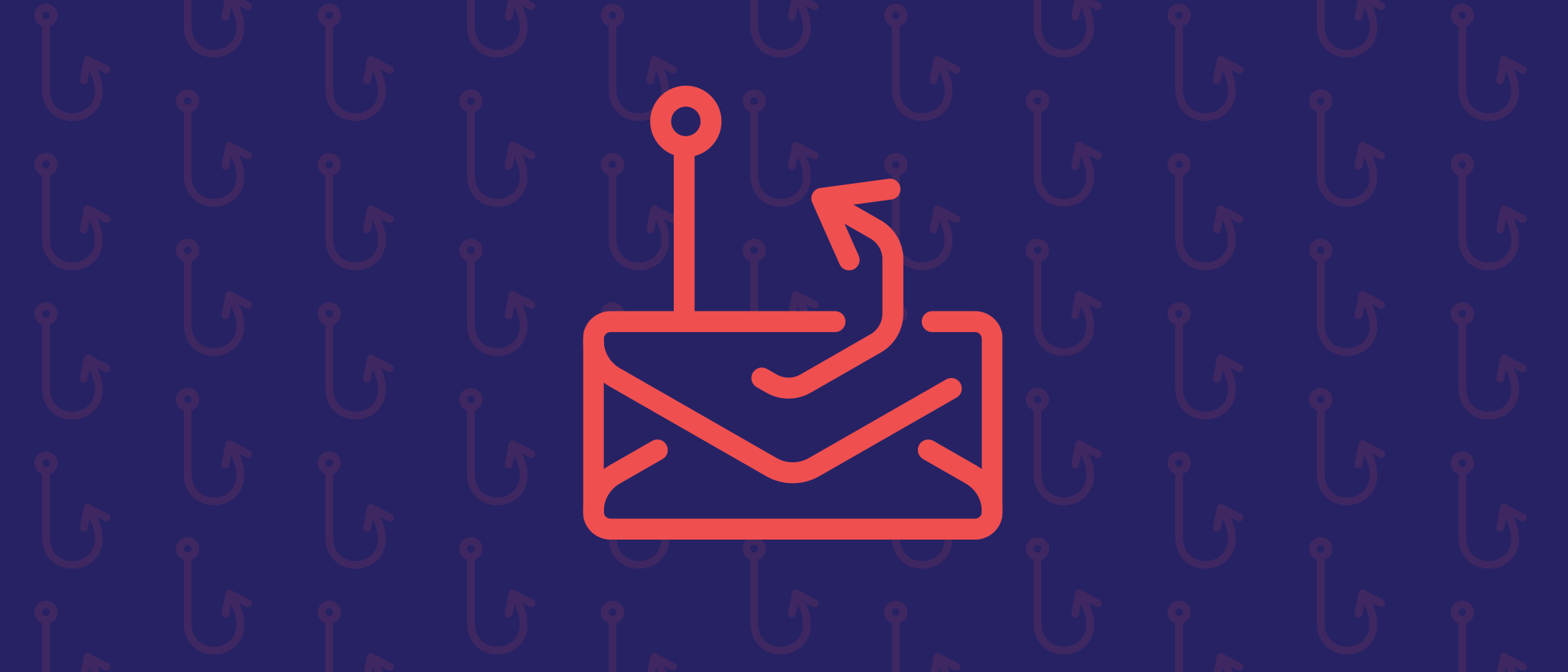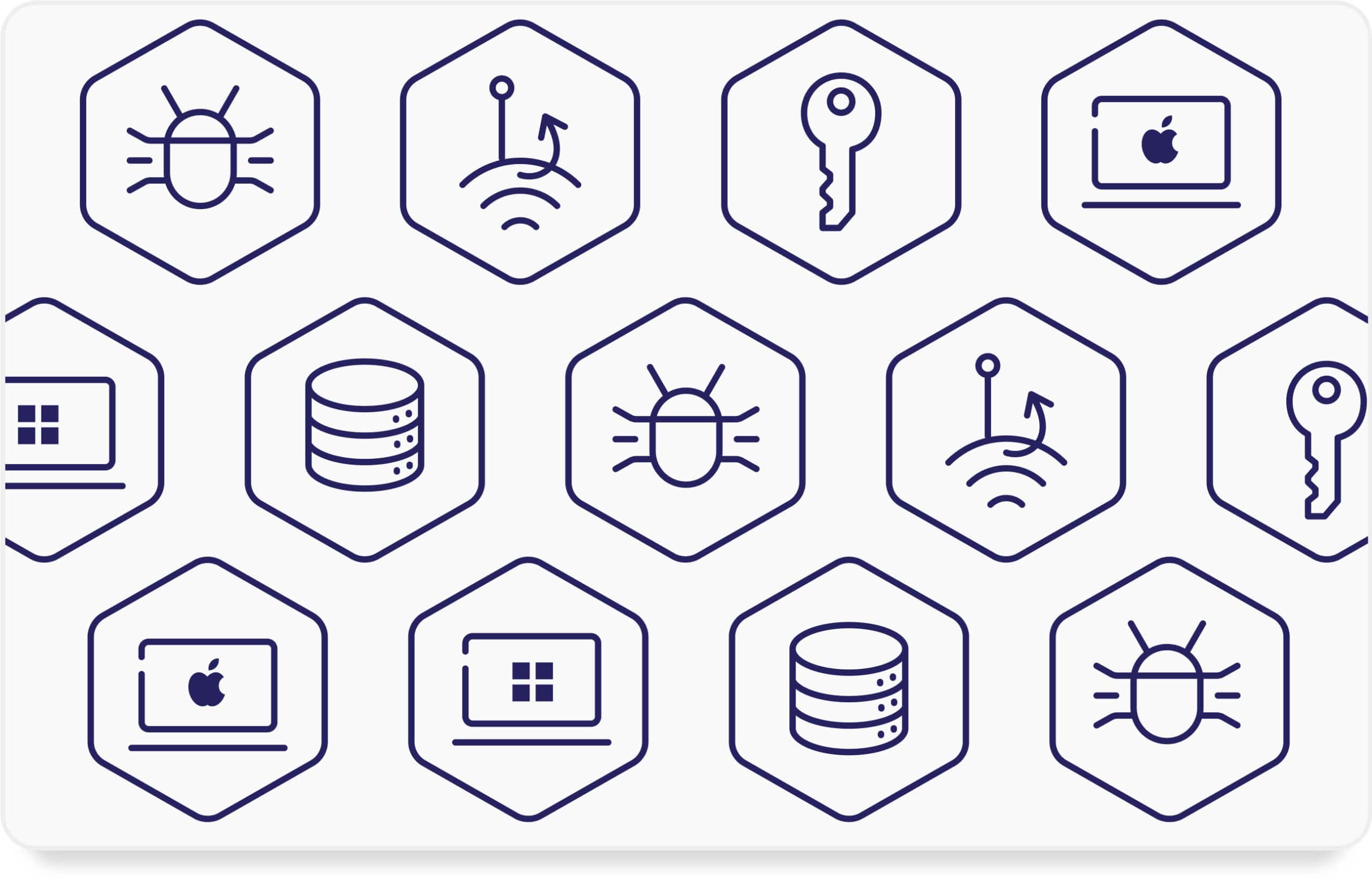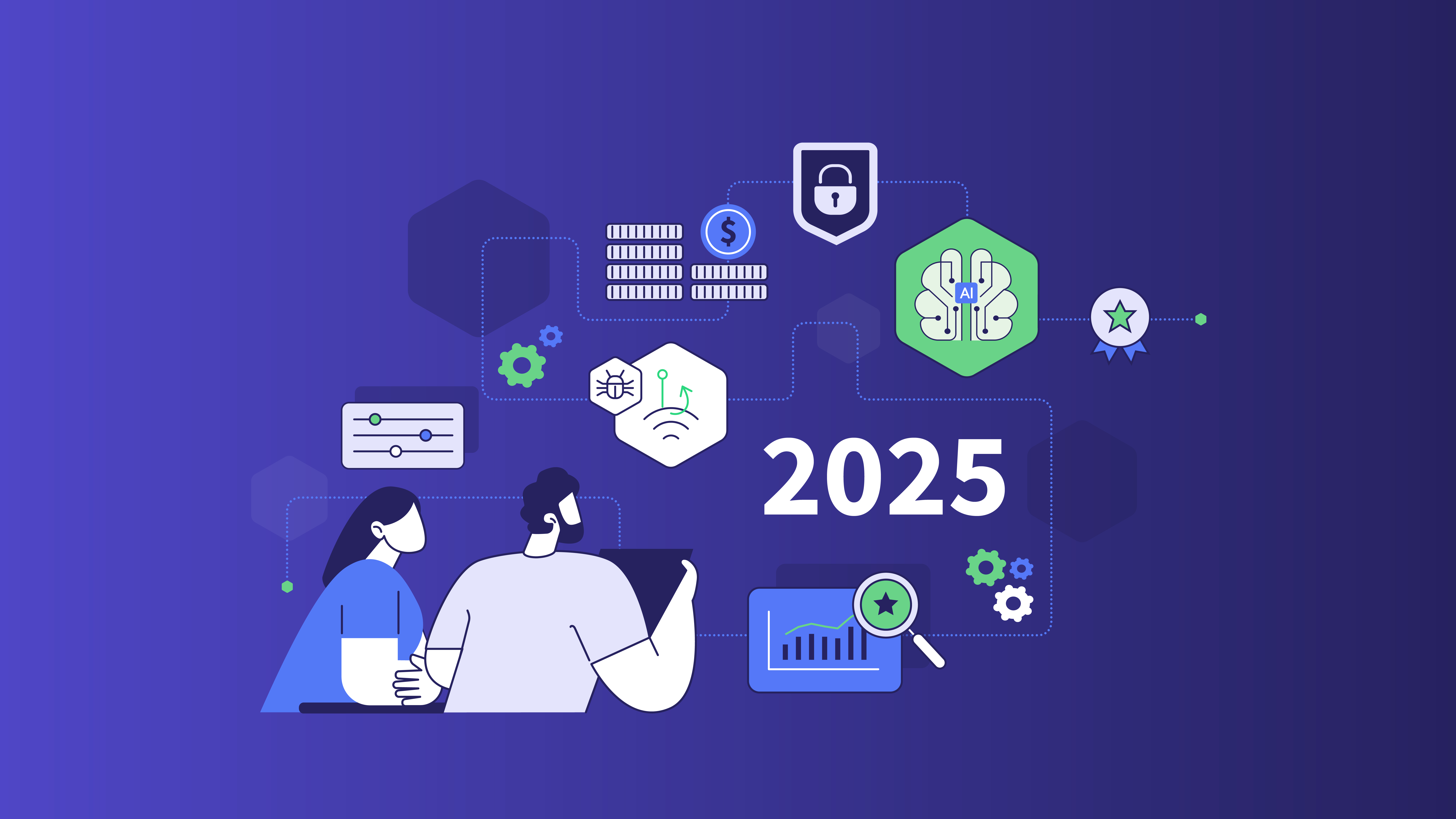Phishing is a type of cybercrime where attackers try to trick you into revealing sensitive information, like your passwords, credit card details, or social security numbers. They typically do this by sending emails or text messages that appear to be from a legitimate source, such as your bank, credit card company, or a popular online service.
Forms/types of Phishing
Phishing attacks come in many forms, but they all share the same goal: to trick you into revealing sensitive information:
- Email Phishing: This is the most widespread type of phishing. Attackers send emails disguised as legitimate sources like banks, credit card companies, social media platforms, or even your boss. These emails create a sense of urgency or offer enticing deals to trick you into clicking on malicious links or attachments.
- Spear Phishing: This is a more targeted approach where attackers personalize emails with information specific to the recipient. They might research your name, company, or position online to craft a believable message that you’re more likely to trust.
- Whaling: This targets high-profile individuals within an organization, such as CEOs or CFOs. The emails are meticulously crafted to appear urgent and exploit the authority these positions hold. The goal is to trick them into authorizing fraudulent transactions or handing over sensitive company data.
- Smishing: This is phishing done via SMS (text messages). Attackers might impersonate your bank, delivery company, or even a friend in distress, urging you to click on a link or reply with personal information.
Phishing is very similar to actual fishing. There’s a lure, e.g. an email or text message that looks like it’s from a trusted source. The message might warn you about a problem with your account, offer you a discount, or create a sense of urgency. Once you take the bait and click you are taken to a fake website and prompted to enter your personal information, such as your username, password, or credit card details. Think of it as being on the hook. Now, they can reel you in. The attacker will steal your information and use it for fraudulent purposes. This could involve stealing your money, using your identity to commit other crimes, or selling your information to other criminals.
Why Should Businesses Care About Phishing?
Phishing attacks pose a significant threat to businesses for several reasons:
- Financial Losses: A successful phishing attack can result in substantial financial losses for a business. Attackers can steal money directly through fraudulent transactions, exploit stolen credentials to purchase goods or services, or even hold sensitive data hostage through ransomware attacks.
- Data Breaches: Phishing emails are a common way for attackers to gain access to a company’s network. Once they have access, they can steal sensitive data like customer information, intellectual property, or financial records. These data breaches can be incredibly costly for businesses, resulting in fines, lawsuits, and reputational damage.
- Disruptions and Downtime: Phishing attacks can disrupt a business’s operations in several ways. Malware downloaded through phishing links can infect computer systems, leading to network outages and data loss. Additionally, employees who fall victim to phishing attacks might waste time and resources dealing with the aftermath, reducing productivity.
- Damaged Reputation: A successful phishing attack can damage a company’s reputation. If customers’ data is compromised, they may lose trust in the company’s ability to protect their information. This can lead to a loss of business and make it difficult to attract new customers.
Phishing In the Context of Cybersecurity Frameworks
Phishing specifically targets the human element of cybersecurity, so frameworks address it through various measures:
- Identify & Protect: A core function of most frameworks is to identify critical systems and data. Phishing preys on human vulnerabilities to gain access to these systems. Frameworks recommend security awareness training to educate employees on identifying phishing tactics and protecting sensitive information.
- Focus on Detection & Deception: Frameworks encourage methods to detect and block malicious emails. This can involve using email filters that scan for suspicious content and sender addresses. Some frameworks even recommend implementing decoy email accounts to detect phishing attempts targeting specific departments.
- Incident Response & Recovery: Frameworks outline procedures for responding to security incidents, including phishing attacks. This involves having a plan to identify compromised accounts, contain the damage, and recover any lost data. Security awareness training also helps employees report suspicious emails promptly, enabling a faster response.
- Continuous Improvement: Frameworks emphasize the importance of ongoing improvement. After a phishing incident, organizations should analyze what went wrong and update their training programs or security measures to address the specific tactics used in the attack.
Related Systems or Technologies
There are several solutions dedicated to helping companies fight against phishing including:
- Email Security Solutions: These software solutions act as guardians at the gate, filtering incoming emails. They employ techniques like sender reputation checks, content filtering and URL rewriting.
- Data Loss Prevention (DLP): While not solely focused on phishing, DLP solutions can help mitigate its impact. DLP can monitor and restrict the flow of sensitive data (like credit card numbers or customer information) preventing it from being accidentally or maliciously leaked through phishing emails.
- Secure Email Gateways (SEGs): These act as advanced email security checkpoints, offering additional functionalities like:
- Sandboxing: Opening suspicious emails in isolated environments to detonate potential malware hidden within attachments before they reach employees’ inboxes.
- Email Encryption: Encrypting both incoming and outgoing emails to safeguard sensitive information even if an email gets intercepted.
- Endpoint Protection Platforms (EPPs): While focused on endpoint security, EPPs can also play a role. They can scan downloaded attachments for malware that might be delivered through phishing emails.
Related Regulations or Compliance Goals
Phishing attacks can put businesses out of compliance with various regulations and cybersecurity frameworks:
- Protecting Sensitive Data
Many regulations like GDPR (General Data Protection Regulation), HIPAA (Health Insurance Portability and Accountability Act), and PCI DSS (Payment Card Industry Data Security Standard) mandate organizations to safeguard sensitive customer or patient data. Phishing emails are a common way attackers steal this data. Strong anti-phishing measures demonstrate a proactive approach to data security, helping businesses comply with these regulations.
- Focus on User Awareness and Training
Regulations often emphasize the importance of user awareness and training. Phishing specifically exploits human vulnerabilities. By implementing security awareness training programs that educate employees on phishing tactics, businesses can significantly reduce the risk of falling victim to these attacks. This demonstrates compliance with regulations that focus on user education and data security practices.
- Incident Response and Reporting
Frameworks and regulations often outline procedures for responding to security incidents, including phishing attacks. This involves having a plan to identify compromised accounts, contain the damage, recover lost data, and report the incident to the authorities when required. Strong anti-phishing measures combined with a well-rehearsed incident response plan showcase an organization’s preparedness to handle data breaches, a key aspect of compliance.









